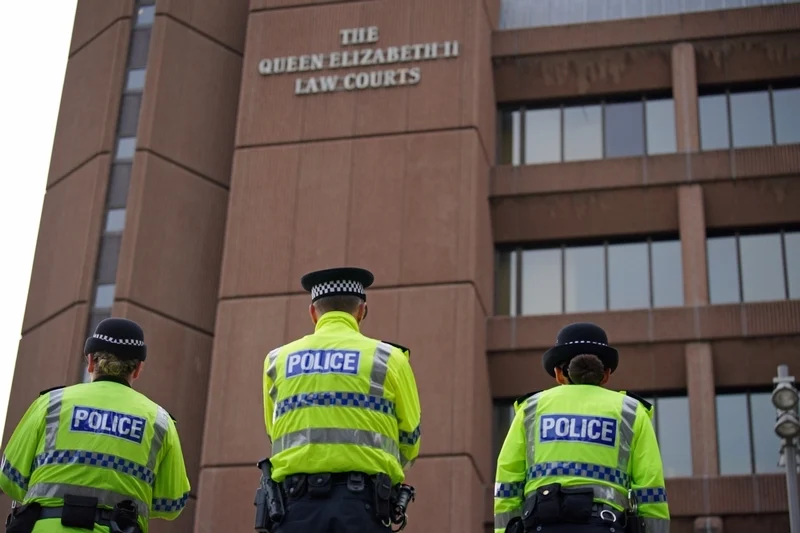
Out of Court Resolutions bring justice to victims
08/07/2025

Police Oracle
Russell Webster reviews a report on OOCDs based on the experience of more than 1,200 victims where the sanction was used.
What do victims want?
A recent report from Transform Justice Beyond the courtroom: do out of court resolutions work for victims? asks the key question of what victims want after a crime occurs. The report is based on a poll of 1,235 victims and in-depth interviews with 25 victims whose cases were resolved out of court.
They found that victims’ biggest priority after a crime occurs is for the person who harmed them not to do it again. They also want the crime to be resolved quickly, for the police to acknowledge what happened, take it seriously and take action to address it.
Resolving crime out of court can meet many of these priorities for victims – and it often does. When it worked well, victims felt supported, acknowledged and understood. However, victims also experienced some downsides of resolving crime out of court.
Punishment important but prosecution in court less so
Transform Justice found that victims had varied ideas about how to stop the person doing it again, with punishment being one of the most favoured. They saw punishment as a deterrent; a way to hold people accountable and to make them understand the consequences of their actions.
Some victims felt warnings and reprimands could help educate people about the impact of their actions and deter them from doing it again. Victims did not place a high priority on the person being prosecuted in court, nor did they think it was particularly important to rehabilitate them.
Almost as important to victims was for the police to take their report seriously, to acknowledge that what happened was not acceptable, and to take action to address it. For some, this meant investigating the crime thoroughly. Others sought reassurance that they were right to report what had happened. They looked to the police for solutions to repair the harm, by speaking with the person who did it, getting an apology, or practical action like returning property or compensation.
OOCDs
The research found that resolving crime out of court can, and often is, meeting many of these priorities for victims. Victims whose cases were resolved without going to court were more likely to say the justice system was supportive, just, easy and healing than those whose crime went to court or was unresolved.
In particular they saw it as a sensible and proportionate response and were grateful to avoid the stress and hassle of court and to get a quick resolution. Many also liked how it gave them a say over how the issue was dealt with. When it worked well, victims felt supported, acknowledged and understood.
Mixed experiences and views
Although victims had more positive than negative things to say about their case being resolved out of court, many felt there had been at least some downsides of their experience. The primary concerns were that it was too soft on the person who did it, or that it wasn’t effective at addressing the harm caused or stopping the person doing it again.
A significant minority found the experience frustrating and slow. Some of the victims interviewed were annoyed at having their case passed between several police officers, or having to wait a long time for an update on progress. Some were still in the dark about how their case was eventually resolved.
Overall victims in the survey were supportive of resolving more crimes without going to court (53% were supportive versus 20% not). They felt that too much court time is wasted on minor offences, for which court should be the last resort (62% agree vs 18% disagree), and that many crimes can in fact be resolved by the police instead (64% agree vs 19% disagree).
Particularly for cases like shoplifting motivated by drug addiction, victims saw a conditional caution with referral to a drug rehabilitation programme as a better use of justice system resources, and a better way of stopping the person doing it again, than a court fine.
Recommendations
The report concludes with a series of recommendations including:
- Providing victims with a clear explanation of how their case was resolved which includes details of what conditions or requirements were attached, and whether the person complied with them
- Improve monitoring of case time limits to ensure victims are not kept waiting for months for a resolution.
- The Crown Prosecution Service should encourage consideration of out of court resolutions by producing guidance for prosecutors on how to identify and divert appropriate cases from the magistrates’ courts back to the police for resolution out of court.
- The Home Office and MoJ should improve data collection on reoffending and out of court resolutions.
- The government should publish an out of court resolutions strategy with the aim of increasing effective and appropriate diversion from prosecution.